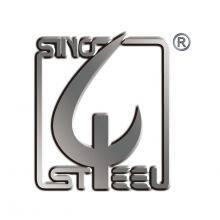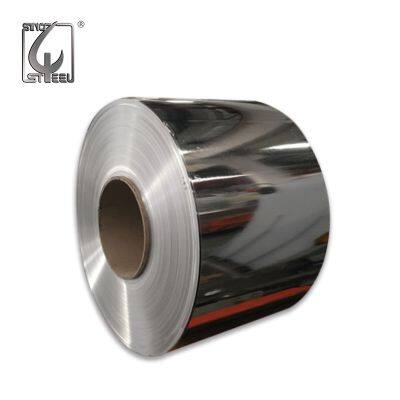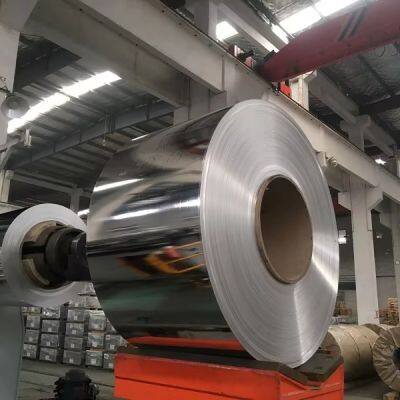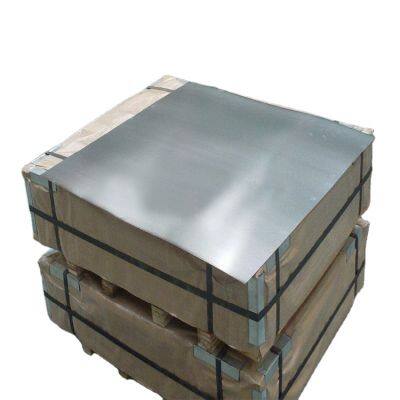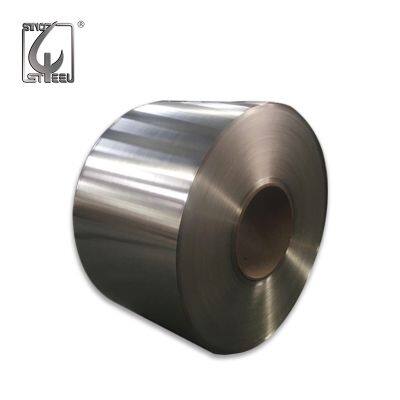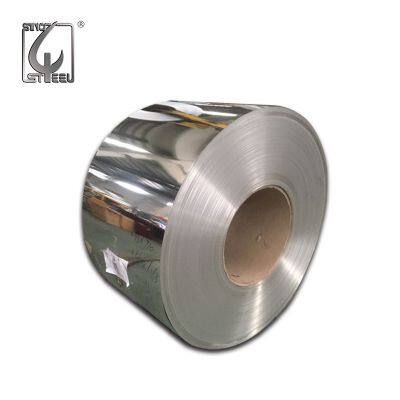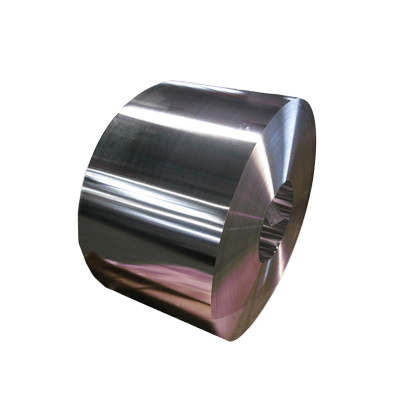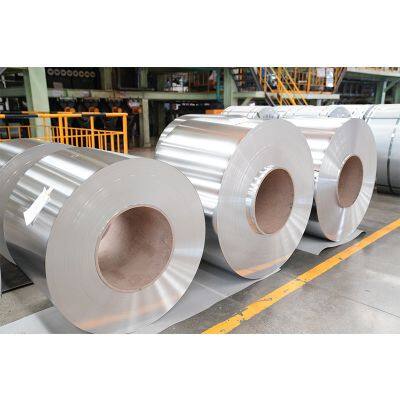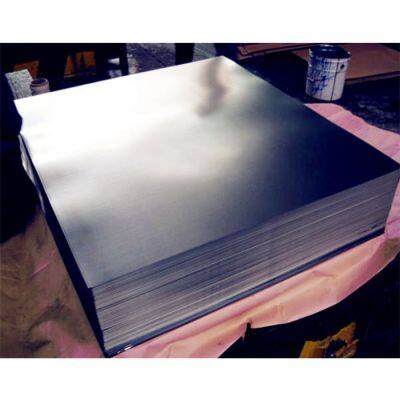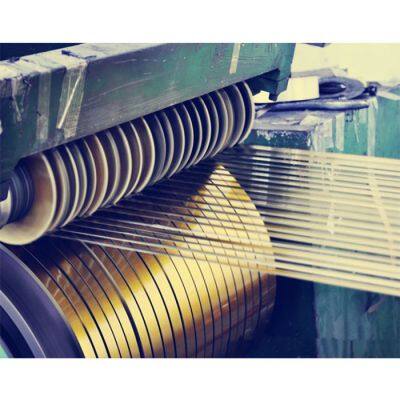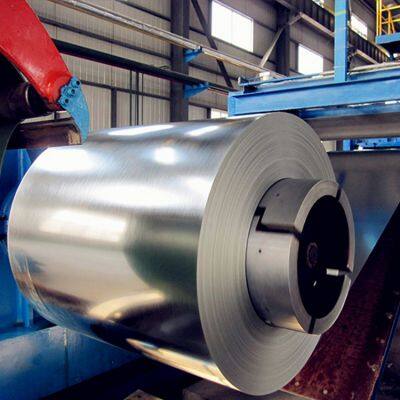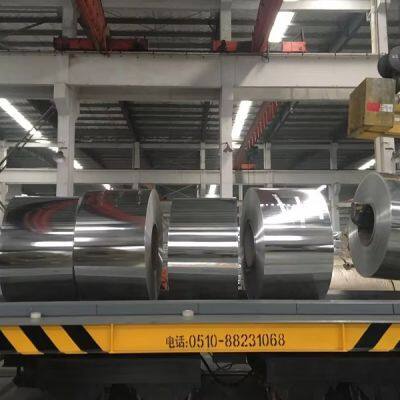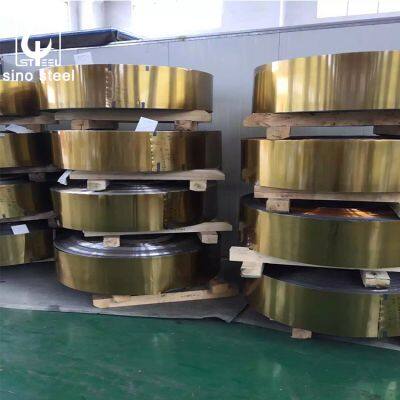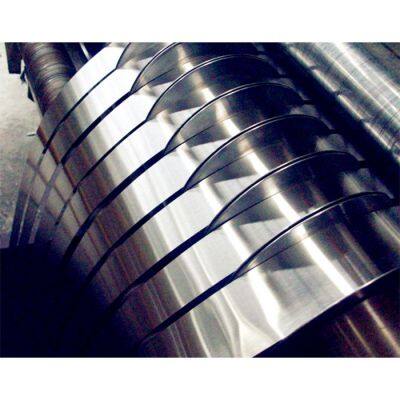The steel market is affected by multiple factors. What will be the future trend?
As an important pillar industry of the national economy, the market trends of China's steel industry are subject to the complex influence of multiple factors at home and abroad.
Steel market forecast for the third quarter
In the third quarter of 2025, the Chinese steel market will face the intertwining influence of a series of key factors, with market trends expected to fluctuate, with an initial upturn followed by a decline. The steel market during this period will be influenced by multiple variables, including policy adjustments, seasonal demand fluctuations, production restrictions related to the military parade, and the international trade environment. Industry participants should closely monitor the dynamic evolution of these factors.
Production restrictions related to the military parade and National Day stocking
Production restrictions related to major events will be a key variable at the end of the third quarter. To ensure air quality during the 93rd National Day military parade, steel companies in northern China will face temporary production restrictions. Based on historical experience, during the 2019 military parade, steel companies in the Beijing-Tianjin-Hebei region and surrounding areas implemented tiered production controls, with blast furnace production in key areas restricted by over 50%. Although this year's production restrictions may be less severe than in 2019, they will still have a significant impact on market supply. Policy implementation warrants close attention, especially given the current improvement in steel mill profit margins.
Analysis of Ocean Freight Costs and Export Situation
The impact of international logistics factors on steel exports cannot be ignored. In the first half of 2025, the global shipping market experienced significant volatility. Tensions in the Red Sea led to route changes and increased insurance premiums, indirectly driving up steel export costs. In August, congestion at European and US ports improved, leading to a slight recovery in overall freight costs and turnover rates, and signs of easing global shipping capacity. This is positive for Chinese steel exports, but tariff barriers remain a greater obstacle.
Outlook for the Steel Market in the Fourth Quarter
As 2025 enters its final quarter, the Chinese steel market will face its most complex environment of the year. The fourth quarter's steel market will be shaped by multiple factors, including the effects of policy closures, seasonal demand fluctuations, raw material cost support, and global macroeconomic trends. Market volatility is expected to intensify, and industry profit margins may come under further pressure.
Winter Environmental Protection Production Restrictions and the Effect of Policy Closing
The fourth quarter of each year has been a period of intense implementation of environmental protection production restrictions, and 2025 will be no exception. Guided by the "dual carbon" goals, northern China will gradually launch autumn and winter air pollution prevention and control campaigns. As a key regulated industry, steel production will be significantly constrained. In particular, steel companies in key areas such as the Beijing-Tianjin-Hebei region and the surrounding "2+26" cities and the Fenwei Plain may face differentiated production restrictions ranging from 30% to 50%. Unlike the production restrictions associated with the military parade in the third quarter, winter production restrictions will last longer (typically from October of the current year to March of the following year), are more widespread, and have a more profound impact on market supply.
From a policy perspective, the fourth quarter marks the final stage of various macroeconomic control policies. The "anti-involution" policy implemented in 2025 will enter a period of effectiveness testing, and the government may increase its efforts to regulate disorderly competition in the steel industry.
Important policy events that may affect the steel market in the fourth quarter
The global steel trade landscape may face new uncertainties in the fourth quarter. Sino-US trade relations remain the biggest uncertainty. The Trump administration's tariff policy (raising steel tariffs to 50%) has already severely hindered China's steel export channels. Further escalation of trade frictions could further pressure Chinese steel exports. Traditional re-export markets such as Southeast Asia are particularly vulnerable to increased US regulations (such as a 100% inspection rate and penalties of up to 300% for tax evasion), exacerbating the risks of re-export trade. This could lead to a return of more steel to the domestic market, exacerbating oversupply.
Recently Posted
-
What is tinplate used for?
November 20, 2025Tinplate, a thin steel sheet coated with a layer of tin, has been a cornerstone material in various industries for centuries. Its Read More
Read More -
What is a tinplate sheet?
November 20, 2025Tinplate is a widely used material in various industries, especially in food packaging, construction, and manufacturing. This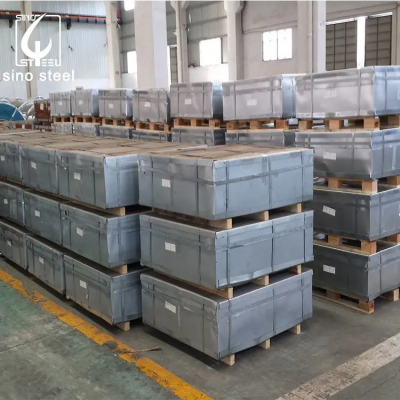 Read More
Read More -
Exploring the Mystery of Tinplate
September 24, 2025Among the large family of packaging materials, tinplate occupies an important position due to its unique charm. Today, let us walk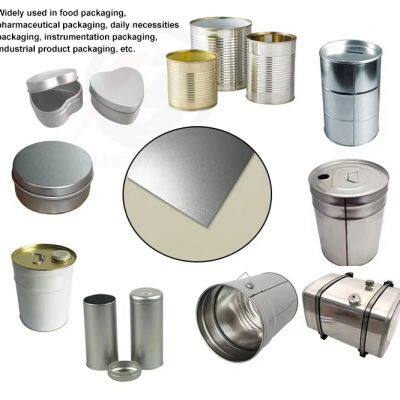 Read More
Read More -
Integration and empowerment, breakthroughs together
September 24, 2025In the golden month of September, to promote communication and integration among new and veteran employees, enhance team collabora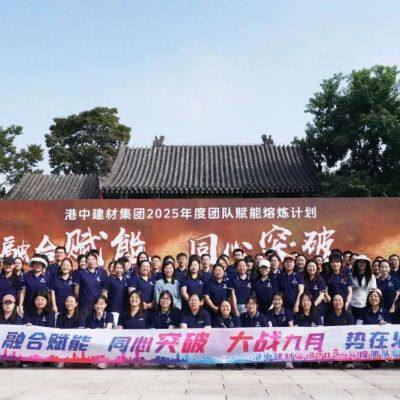 Read More
Read More

